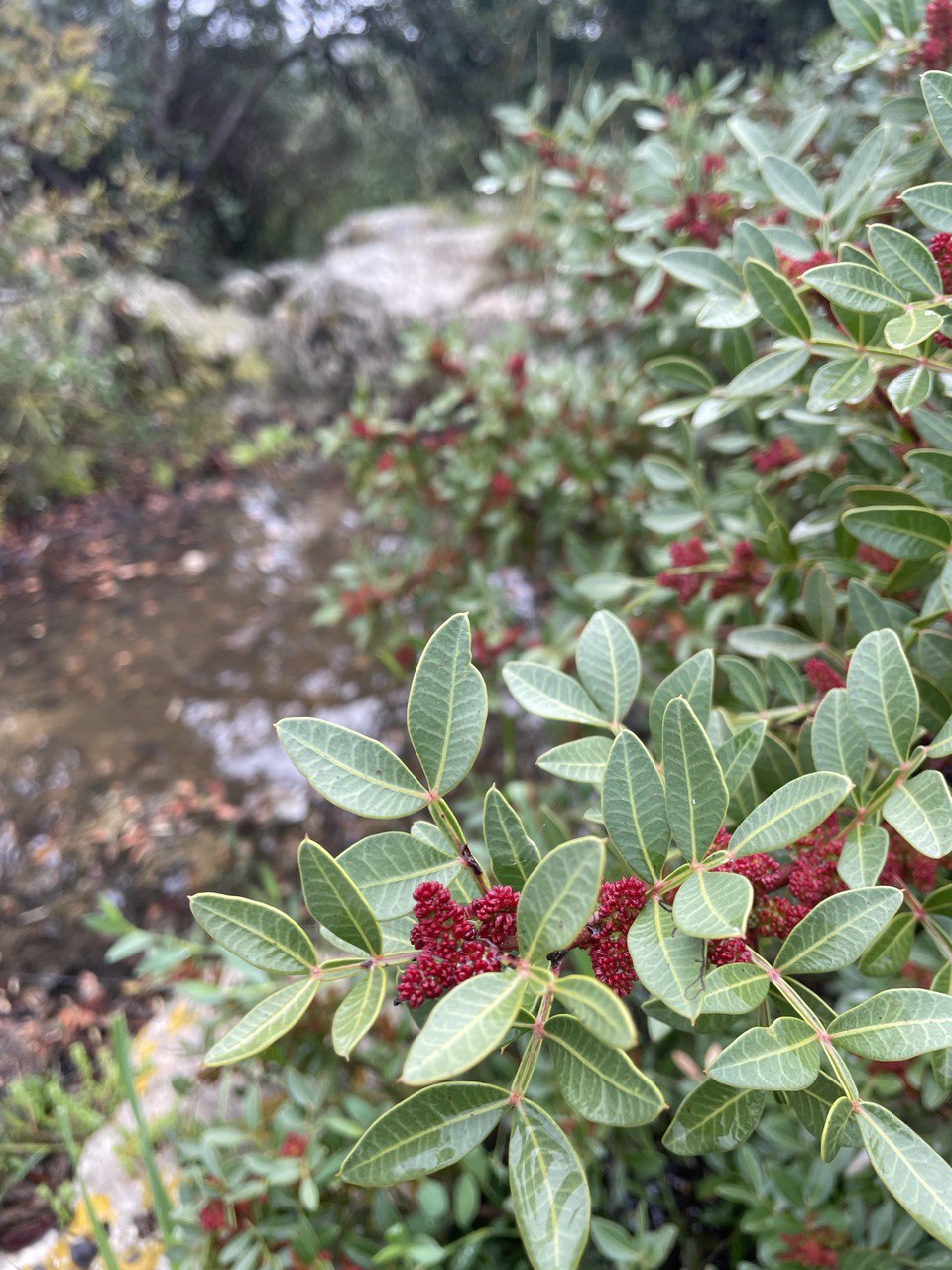
Shevat - Rosh Hashanah for Ilanot and Songs of the Sabbath Sacrifice
Posted by entheogenic paths on
The origin of the name "shevat" is from Babylon, like the other Hebrew months.
- In Assyrian it is called "Shabto"
and in Akkadian - šabāṭu
translating to "blow" , after the winds that blow in this month.
.
The ruling sign of the month is Aquarius, ruled by the planet Saturn.
In Hasidic literature, this is explained according to the scripture "Water will flow from his bucket and his seed will be in many waters", and from
That this month comes after most of the season's rains have fallen, and the water pits were full, and they would pump water from the top of the pit with buckets.
.
Rosh Hashanah for Ilanot is the time when the sun power increases.
The sun raises its course,
The daylight hours are getting longer and the nights are getting shorter,
The hot days are coming soon.
Exactly half a year from the day of Tu Be'Av when the power of the sun will be exhausted, then the sun is shortening his routes, the nights are getting longer and the rainy days are near.
.
At Tu Bishvat, the flowers of the almond trees intersperse in a texture of color and scent, all around are a host of cyclamen flowers, anemones, the
1st of Shevat - Moses repeats the Torah (Deuteronomy 1:3) - 15th of Shevat is the time when Moses began to interpret the Torah, these are 37 days that Moses repeats the entire Torah and connects his soul with higher powers through Torah talks which is The oral Torah.
During this time between the 10th of Shevat and the 7th of Adar (the date of his ascension to heaven), Moshe did not stop talking, repeating the entire Torah and adding things.
Beit Shamai celebrates Rosh Hashanah for the trees of Israel in shevat as one of the four beginnings.
"17th-18th shevat- the small Purim of Saragosa, in which the Jews of saragosa were saved from extermination through an informer who informed them.
24th shevat(517 BC) - Zechariah's prophecy (Zechariah 1:7-16)
It is also the only book in the Bible where the word shevat is mentioned.
28 Shevat (approximately 134 BC) - Antiochus V abandoned the siege of Jerusalem
and his plans to destroy the city. This day was celebrated as a holiday during the Hasmonean days. (Megilat Tanit)
Shabbat Shira - a Shabbat on which they read Parshat Bashelah, the Song of the Sea, and the song of Devorah the prophetess.

The origin of the name of the tree Ella, as well as the name of the tree Alon (oak) and even "Ilan" which appears in the language of the Sages, is from the word "El", in the context of a tree sacred to the gods.
.
The Alon (oak) and the Ella often mentioned together in the Bible, for example:
And offer on the hills,
Under oaks, poplars, and terebinths
Whose shade is so pleasant.
That is why their daughters fornicate
And their daughters-in-law committed adultery"
References in the Bible
The Ella appears many times in the Bible, below are some of the references:
Jacob -They gave to Jacob all the alien gods that they had, and the rings that were in their ears, and Jacob buried them under the terebinth that was near Shechem
Gideon ben Yoash -
King Saul - "all their stalwart men set out, removed the bodies of Saul and his sons, and brought them to Jabesh. They buried the bones under the oak tree in Jabesh, and they fasted for seven days.."
Absalom son of David - 2 Samuel, chapter 18
Isaiah - "But while a tenth part yet remains in it, it shall repent. It shall be ravaged like the terebinth and the oak, of which stumps are left even when they are felled: its stump shall be a holy seed.”
The name of the Terebinth in Aramaic is Butma, and this is also the Aramaic name of the biblical Ella. According to one opinion in the Talmud, the Ella tree is included among the ten species of cedars. idle trees whose branches or trunks, like cedars, are often considered by man to be used.
Tomer Devorah is the name of a tree that appears in the Bible, in the book of Judges, its location between the hige place and Beth El.
The tree named after Devorah was known to the residents of the area located in this high place. Some believe that Tomer Devorah is the place where Devorah was also buried. This next statement is not accepted because there is no linguistic similarity between the stories, Beyond that, in the story of Rebecca's nursing, it is said that the nursing devorah was buried under a tree called Alon Bekut -which is a type of biblical oak tree.
And last for today, Tomer Devorah is a book of Kabbalistic morality, written by the Kabbalist Rabbi Moshe Cordoviro (Harmak) at the beginning of the last period (mid 16th century) in Safed.













































